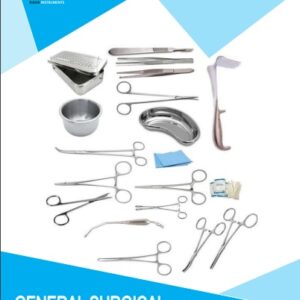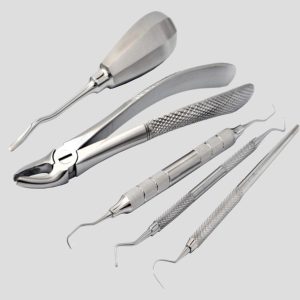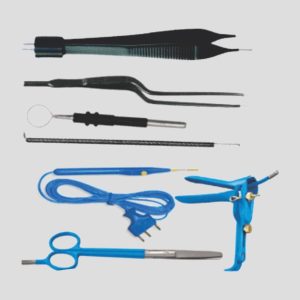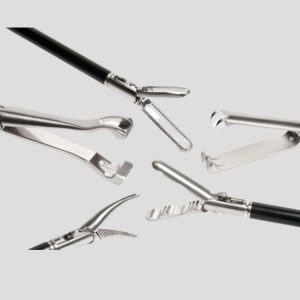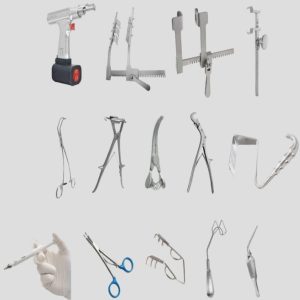The field of surgery has been profoundly transformed by technological advancements, and one of the most significant revolutions has been the development of electro surgical instruments. During surgical operations, these devices use regulated electrical currents to cut, coagulate, and ablate tissue. The development of electro surgical instruments is a fascinating narrative that demonstrates how medical knowledge and technology innovation may coexist. In this in-depth blog post, we will examine the history, significant turning points, and current uses of electro surgical instruments.
Early Beginnings
The roots of electrosurgery can be traced back to the late 19th century when medical pioneers began experimenting with electricity in surgical procedures.
William James Morton (1845)
American dentist William James Morton is credited with one of the earliest recorded uses of electrosurgery. He used electricity to remove a tumor from a woman’s neck, pioneering the idea of using electrical currents to achieve surgical outcomes.
19th Century Developments
The first studies with different types of electrosurgery, such as electrocautery and electrolysis, took place in the late 19th century.
Heinrich von Pfolspeundt (1460-1528)
Von Pfolspeundt used hot iron to cauterize wounds, suggesting the idea of controlled tissue coagulation even though it wasn’t an electro surgical instrument in the current sense.
Duchenne de Boulogne (1865)
The idea of localized muscle activation using electrical currents was first proposed by French neurologist Guillaume-Benjamin-Amand Duchenne de Boulogne, and it served as the inspiration for later advancements in electrosurgery.
Evolution in the 20th Century
The 20th century saw significant advancements in electrosurgical technology, leading to the development of modern electrosurgical instruments.
William Bovie (1926)
The name most closely associated with the development of modern electrosurgical instruments is that of American physicist William Bovie. In 1926, Bovie introduced the “Bovie knife,” a monopolar electrosurgical device that used high-frequency alternating current to cut and coagulate tissue.
The Valleylab Electrosurgical Unit (1960s)
The Valleylab Electrosurgical Unit, developed in the 1960s, marked a significant advancement in electrosurgery. It incorporated both cutting and coagulation modes, allowing surgeons to perform various procedures with greater precision.
Modern Applications and Techniques
Beyond their initial uses, electrosurgical devices have advanced and are now essential to a variety of surgical operations across several medical specialties.
Monopolar and Bipolar Instruments
Monopolar and bipolar instruments are the two main categories of electrosurgical devices. Monopolar instruments use a single electrode connected to the patient’s body, while bipolar instruments use two electrodes that are closer together, minimizing tissue damage.
Laparoscopic and Robotic Surgery
Laparoscopic and robotic surgical techniques have been seamlessly merged with electrosurgical tools, allowing for minimally invasive treatments with increased accuracy and decreased patient trauma.
Plasma Blades and Advanced Energy Delivery
Ionized gas is used in plasma blades, commonly referred to as cold plasma scalpels, to cut tissue with little heat production. Using cutting-edge energy delivery devices, surgeons can precisely control the amount of energy provided to different tissues, improving safety and accuracy.
Future Prospects of Electro Surgical Instruments
As technology continues to advance, the future of electrosurgical instruments holds exciting possibilities.
Tissue-Specific Energy Delivery
Developments in electrosurgical technology may lead to instruments that can precisely deliver energy to specific tissue types, optimizing surgical outcomes and minimizing collateral damage.
Integration with Imaging and Navigation
The integration of electrosurgical instruments with advanced imaging and navigation technologies can enhance surgical precision and provide real-time feedback to surgeons.
Prime Example of Progress
The development of electrosurgical instruments over time is a prime example of how medical knowledge and technical innovation have converged in the field of surgery. These equipment have transformed surgical practice, from early electrical current studies to contemporary gadgets that allow less invasive treatments and tissue-specific energy delivery. As we look to the future, electrosurgical technology’s continuous development holds the possibility of even more accurate, effective, and patient-friendly surgical procedures, advancing the field of medicine and better patient outcomes.
About Rigor Instruments
High-quality surgical instruments are essential to the success of any procedure, no matter how straightforward or difficult it may be for the patient, and this is where Rigor Instruments can help you.
Rigor is a second-generation surgical instruments manufacturer and surgical instruments supplier from Sialkot Pakistan providing best quality in all kinds of Surgical Instruments since 1985. Our surgical instruments include electro surgical instruments, neuro surgical instruments, plastic surgery instruments, dental surgical instruments, retractors, forceps surgical instruments, general surgical instruments, ophthalmic surgical instruments, ENT surgical instruments and many more.
We are the best surgical instruments company Pakistan, offering exquisite quality and competitive pricing. It has given us a great competitive advantage in the global surgical instruments market representing surgical instruments Sialkot Pakistan. Our ambition is to become a leader in international market in all Surgical Instruments.







